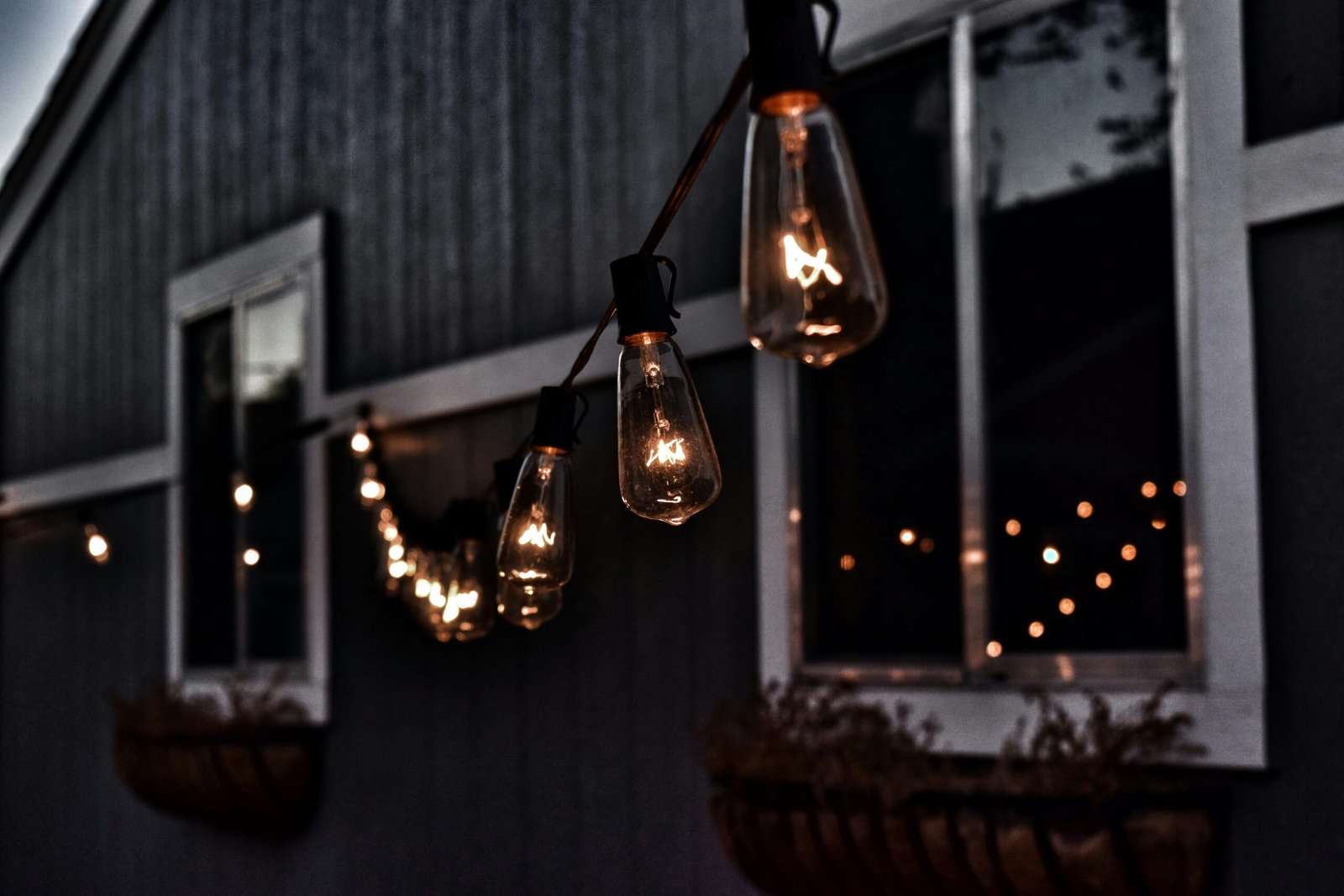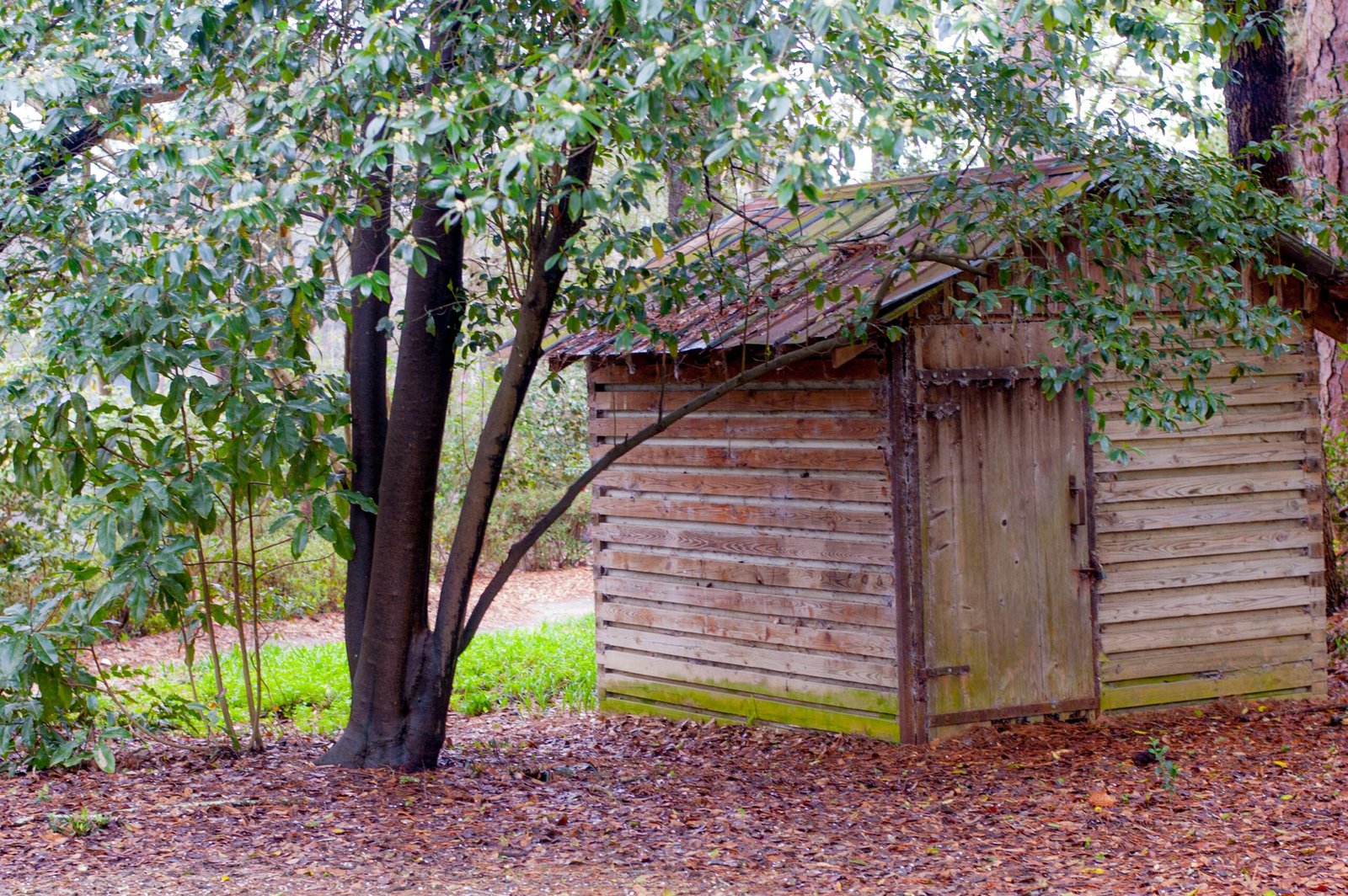The Importance of Outdoor Lighting
Outdoor lighting plays a pivotal role in enhancing not only the visual appeal but also the usability of your backyard. Properly designed and strategically placed lights can transform a mundane space into a magical retreat, inviting family and friends to gather and enjoy the outdoor experience. The key to achieving this enchanting ambiance lies in understanding the different types of outdoor lighting available and how they can be utilized effectively.
One of the primary benefits of outdoor lighting is its ability to create a welcoming atmosphere. Soft, warm lights installed along pathways, patios, or garden areas can encourage people to spend more time outdoors, especially during the evening. This aesthetic enhancement can lead to memorable moments, as the right lighting complements outdoor gatherings and promotes relaxation in your personal space. In addition to aesthetics, outdoor lighting also serves several practical functions.
Safety is a critical consideration when it comes to outdoor lighting. Well-lit pathways and steps can significantly reduce the risk of accidents, ensuring that guests can navigate your outdoor areas comfortably. Proper lighting around outdoor seating areas or cooking spaces can also enhance the overall functionality, allowing you to entertain or dine outdoors even after sunset. Furthermore, outdoor lighting can provide security by deterring trespassers and unwanted animals, ensuring a safer environment for you and your family.
Overall, investing in DIY outdoor lighting solutions can greatly enhance both beauty and practicality in your backyard. Whether you’re choosing solar-powered garden lights, string lights for an intimate setting, or motion-sensing lights for security, the options are endless. Each type of lighting can serve different purposes while contributing to a cohesive design that elevates your outdoor space. In conclusion, the investment in outdoor lighting not only beautifies your surroundings but also enhances safety and usability, making your backyard a truly enchanting place to enjoy under the stars.
Creative DIY Lighting Ideas
Transforming your backyard into a captivating retreat can be effortlessly achieved through a range of creative DIY lighting projects. Not only do these ideas enhance the aesthetic appeal of your outdoor space, but they also offer an affordable solution for illuminating your evenings. Here are several imaginative projects to consider, each with its own unique charm.
One popular option is using fairy lights in distinctive settings. Instead of simply stringing them across your patio, consider wrapping them around tree trunks, draping them along railings, or weaving them through bushes. This approach adds a magical glow throughout your garden. To secure the lights, you may need adhesive hooks or clips, which are readily available at any home improvement store.
Another delightful idea is to upcycle glass jars and bottles into enchanting lanterns. Begin by selecting various sizes of jars, removing labels, and cleaning them thoroughly. Use battery-powered tea lights or solar fairy lights to fill the jars, ensuring they’re safe for outdoor use. For a rustic touch, wrap twine or burlap around the neck of the jar. Hang these lanterns from branches or place them on tabletops to impart a warm ambiance.
Integrating solar lights is also a wise choice for a sustainable DIY project. You can find affordable solar lights at most retailers, and creativity can elevate their function. For instance, consider embedding them into wooden stakes, painting the tops with vibrant colors, or securing them within decorative planters, allowing them to harmonize with your garden décor.
Lastly, crafting rustic fixtures from natural materials, such as wood and bamboo, can impart a unique character to your space. Simple designs can be created using wood planks and hanging light fixtures. These projects not only offer illumination but also celebrate the natural beauty of your backyard.
With these diverse DIY lighting ideas, you can easily create an enchanting atmosphere that suits your style, all while enjoying the satisfaction that comes from hands-on creativity.
Choosing the Right Lighting Features
When embarking on a DIY outdoor lighting project, it is essential to understand the different types of lighting available and how they can enhance your backyard. Generally, outdoor lighting can be categorized into three primary types: ambient, task, and accent lighting. Ambient lighting serves as the foundation, providing overall illumination that ensures safe movement around your space. Task lighting, on the other hand, concentrates on specific areas where activities occur, such as dining tables or barbecues. Lastly, accent lighting focuses on highlighting particular features of your yard, such as plants, sculptures, or architectural details, thereby creating a visually appealing environment.
Before selecting your lighting fixtures, consider the size and layout of your backyard. Larger spaces might benefit from multiple light sources to achieve an even distribution of illumination, while smaller areas may require fewer fixtures to avoid overwhelming the space. It’s also crucial to think about the atmosphere you wish to create. Softer, warmer light temperatures can foster a cozy and intimate setting, while brighter, cooler lights often work well for task areas. Selecting the correct brightness level is equally important; dimmer lights can facilitate relaxation, while brighter lights ensure functionality during gatherings.
Another elemental aspect of outdoor lighting design is the arrangement of different types of lights to establish zones throughout your backyard. Strategically placing ambient lights provides general illumination, while task lights can guide activities like dining or cooking. Accent lights can be used to delineate pathways or highlight unique landscape features, creating distinct areas for relaxation or entertainment. By thoughtfully integrating these components into your DIY project, you can transform your outdoor space into a magical ambiance that caters to your lifestyle and enhances your experience outdoors.
Maintenance and Safety Tips for Outdoor Lighting
To ensure your DIY outdoor lighting remains effective and enhances the ambiance of your backyard consistently, maintenance is key. Regular upkeep can prolong the life of your lights while optimizing their performance. One essential step involves weatherproofing your fixtures. For instance, selecting outdoor lights that are specifically rated for weather resistance can prevent damage from rain, snow, and varying temperatures. Additionally, consider applying waterproof sealant or using weatherproof electrical enclosures to safeguard vulnerable components.
Cleaning your outdoor lighting fixtures is another vital aspect of maintenance. Dust, dirt, and debris can accumulate over time, diminishing brightness and overall appearance. To clean your lights, use a soft cloth and a mild soap solution, ensuring that specific components, such as bulbs and lenses, are thoroughly cleaned without scratching or damaging them. Ideally, cleaning should occur biannually, before and after the peak outdoor season, to keep your lights looking their best and operating efficiently.
Storing your lights properly during the off-seasons is also important. If you live in an area with extreme weather conditions, consider removing and storing your DIY lights in a dry, safe place to protect them from harsh elements. This can help prevent unnecessary wear and tear, prolonging their lifespan.
When it comes to safety, there are several precautions to take when installing outdoor lighting. Ensure that all electrical connections are secure and insulated, as exposed wires can pose serious hazards. Moreover, plan the layout carefully to avoid tripping hazards by placing lights on stable ground and away from high-traffic areas. Utilizing low-voltage lighting systems can not only enhance safety but also streamline installation and maintenance processes.
By following these maintenance and safety tips, you can create a magical outdoor atmosphere without compromising on the safety and longevity of your DIY lighting installations.



